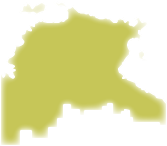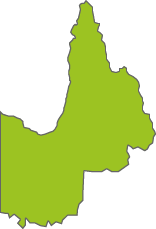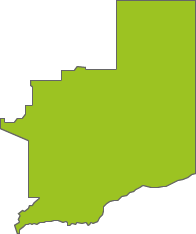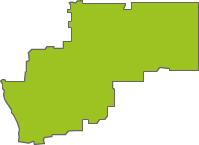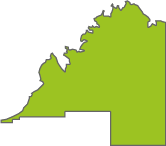Top species richness
Announcements
Hi everyone,A huge thanks to those who completed the Future of NatureMapr survey recently, we appreciate the time and effort you invested to let us know what you think.We received about 400 survey res...
Continue reading
Application Testing: Update 4.4.0
NatureMapr video launch - please share
Discussion
Cenchrus purpurascens
I think the best strategy is wait and watch to see how it develops. There are too many potential garden escapes with strappy leaves, and so far I haven't discovered a good match with serrations on the leaf edges.
Dianella sp.
Rhytidoponera tasmaniensis
Significant sightings
- Gentianella muelleriana subsp. jingerensis at Namadgi National Park
- Gentianella muelleriana subsp. jingerensis at Namadgi National Park
- Bipalium kewense at Berry, NSW
- Engaeus cymus at Lower Cotter Catchment
- Spiloscapha thallioides
- Ooperipatus costatus at Towrang, NSW
- Rhodamnia rubescens at Currowan State Forest
- Blechnum cartilagineum at Mount Taylor
- Cystopelta purpurea at Seaview, VIC
- Maratus velutinus at Murramarang National Park
Latest identifications
Cenchrus purpurascens at Belconnen, ACT
Rhytidoponera tasmaniensis at ANBG
Formicidae (family) at Higgins, ACT
Pavonia hastata at Farrer Ridge
Koelreuteria paniculata at Symonston, ACT
Gymnopilus junonius at Callum Brae
Gymnopilus junonius at Watson Green Space
Ptilonorhynchus violaceus at Conder, ACT
Austracantha minax at Magpie Hill Park, Lyneham
Chorista australis at QPRC LGA
Asparagus officinalis at Mawson, ACT
Top contributors
- AlisonMilton 12.3K
- trevorpreston 12.2K
- michaelb 10.2K
- Tapirlord 9.4K
- RodDeb 9.1K
- Mike 8.3K
- KylieWaldon 6.1K
- kasiaaus 6.1K
- jb2602 6K
- MatthewFrawley 5.5K
Top moderators
- abread111 219
- Alburyconservationcompany 245
- AlexandraK 5
- Alice 33
- AliciaKaylock 0
- AlisonMilton 0
- AlisonMilton 5.2K
- Amata 2.2K
- AndrewG 85
- AndrewMorrison 10
Explore Australia by region
Australian Capital Territory
Canberra & Southern TablelandsNew South Wales
Albury, WodongaCanberra & Southern Tablelands
Central West NSW
Far West New South Wales
Greater Sydney
Hunter Region
New England
New South Wales North Coast
Riverina Murray
South Coast
Southern Highlands
Northern Territory
Central and BarkleyTop End and Big Rivers


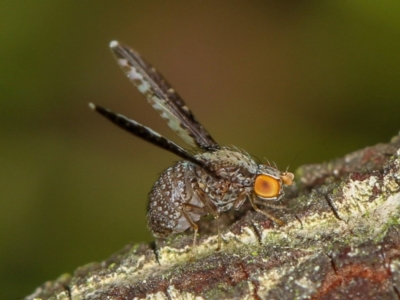







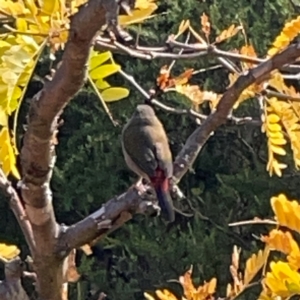










![Unidentified Cap on a stem; gills below cap [mushrooms or mushroom-like] at suppressed by MatthewFrawley Unidentified Cap on a stem; gills below cap [mushrooms or mushroom-like] at suppressed by MatthewFrawley](https://api.naturemapr.org/api/sightings/4567499/images/1?width=300&height=300)

















































































































